Newsroom
Welcome to faircado’s newsroom.
For all our media friends, find the latest press releases and fun behind-the-scenes stories all in one place.
What's new at faircado
What's new at faircado

Shop Till Your AI Bot Drops
Most of us spend quite a bit of time shopping. Depending on the circumstances, it can be a chore, a pastime, or a combination of the two. Read full article
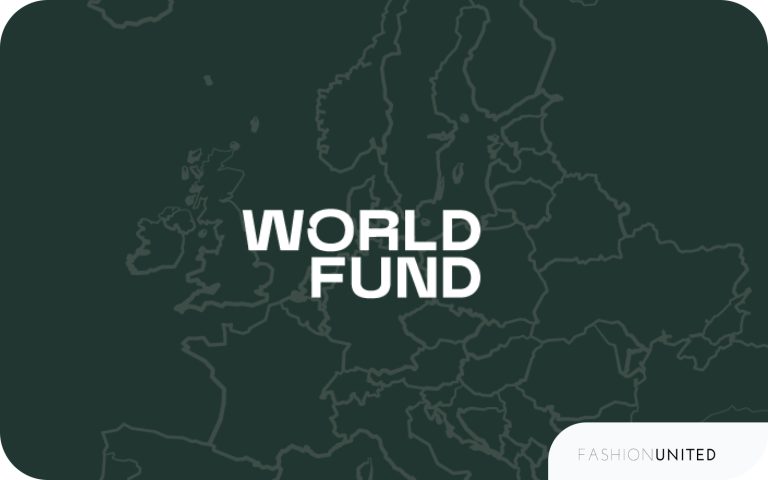
Faircado receives 3 million euros funding boost from World Fund
With a flurry of recent investment for Faircado, the round combines 1 million euros from World Fund, 1 million euros from Slush VC’s, and 150 thousand euros from Impact Shakers. Read full article

Hocus Pocus, Let’s Focus… On A Sustainable Halloween 🎃
Halloween is cool, but the rubbish? Real horror! 80% of pumpkins end up in the bin, but they can be used as snacks, soup, crisps or fertiliser. And if our world is already spooky enough, we’ve brought you a few cosy Halloween tips.
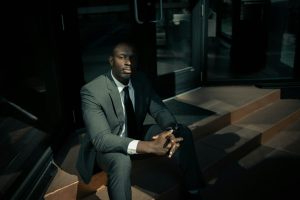
Suit Up Sustainably 👔
Do you want your clothes to last longer than your current job? Then opt for high-quality second-hand items, repairs & sustainable materials. Sustainability in your job? Marketing, business studies or law – you can still contribute to a greener future. Working sustainably has never been easier!
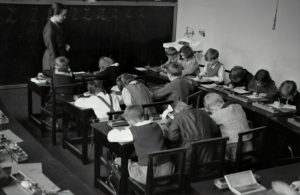
Back to School 🎒
The start of school is the perfect time to introduce children to sustainable consumption. Second-hand shopping teaches responsibility, saves money and encourages creativity. Second-hand school supplies have stories and save money. Child-friendly events such as clothes swap parties are the perfect way to teach sustainability in a playful way and clear out at the same time.
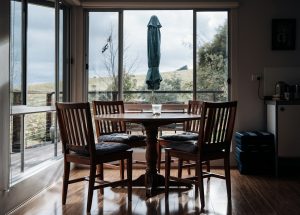
Thrift Your Way to Home-Sweet-Home 🏠
Second-hand furniture is making a real comeback! Almost anything can be upgraded with simple upcycling ideas. Simple DIY tips such as painting, changing handles and replacing details transform old pieces into modern eye-catchers. Discover unique vintage designer furniture with Faircado and partners like Deesup and give it a second life.

How Second-Hand is Redefining Luxury 💎
Second-hand is not only a trend, but is also increasingly becoming a luxury item. We’re not even talking about designer pieces and limited collections. These tips will teach you how to get the best price for yourself.
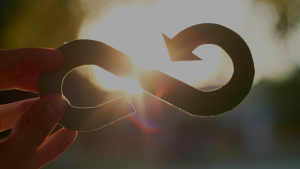
Embracing the Circular Economy: A Path to Sustainable Living
The linear “take-make-waste” model is failing our planet, but the circular economy offers a smarter way forward. By focusing on reuse, repair, and recycling, we can cut waste, conserve resources, and reduce pollution.

Hocus Pocus, Let’s Focus… On A Sustainable Halloween 🎃
Halloween is cool, but the rubbish? Real horror! 80% of pumpkins end up in the bin, but they can be used as snacks, soup, crisps or fertiliser. And if our world is already spooky enough, we’ve brought you a few cosy Halloween tips.
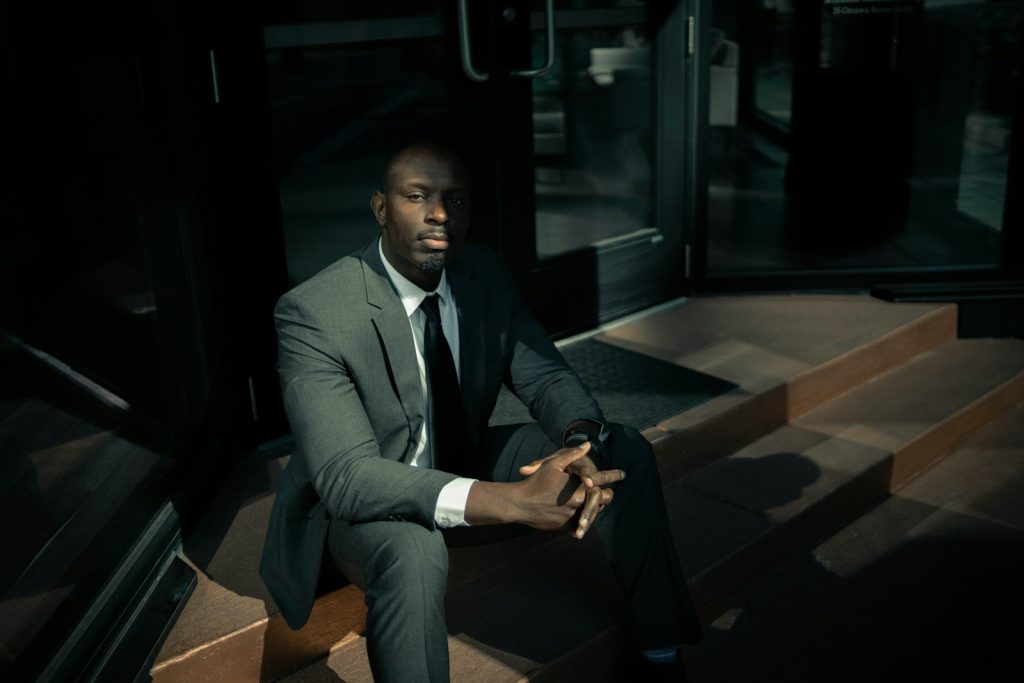
Suit Up Sustainably 👔
Do you want your clothes to last longer than your current job? Then opt for high-quality second-hand items, repairs & sustainable materials. Sustainability in your job? Marketing, business studies or law – you can still contribute to a greener future. Working sustainably has never been easier!
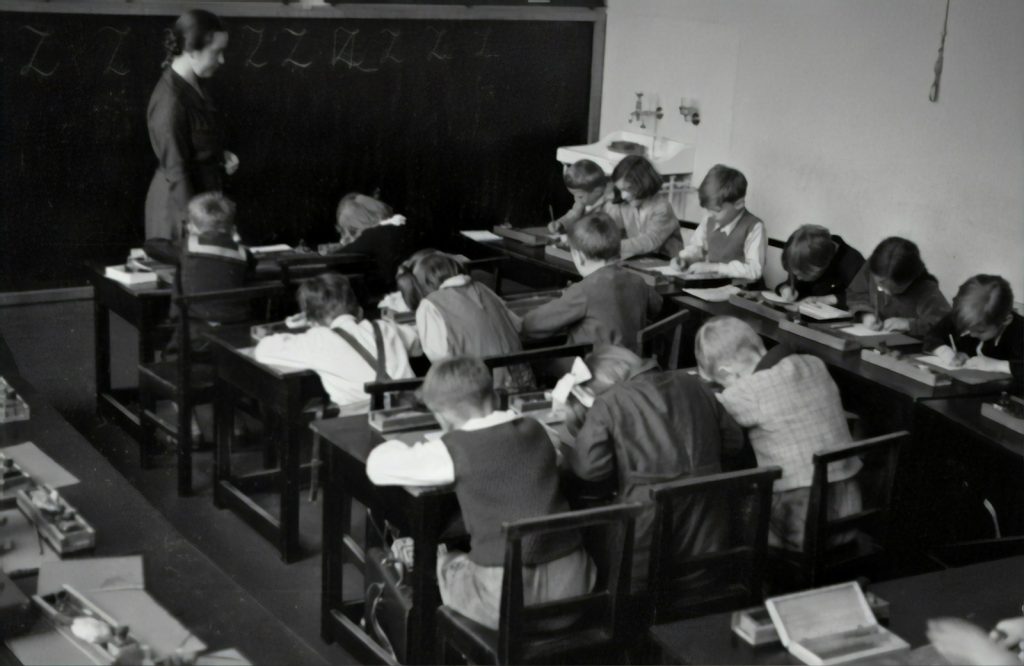
Back to School 🎒
The start of school is the perfect time to introduce children to sustainable consumption. Second-hand shopping teaches responsibility, saves money and encourages creativity. Second-hand school supplies have stories and save money. Child-friendly events such as clothes swap parties are the perfect way to teach sustainability in a playful way and clear out at the same time.
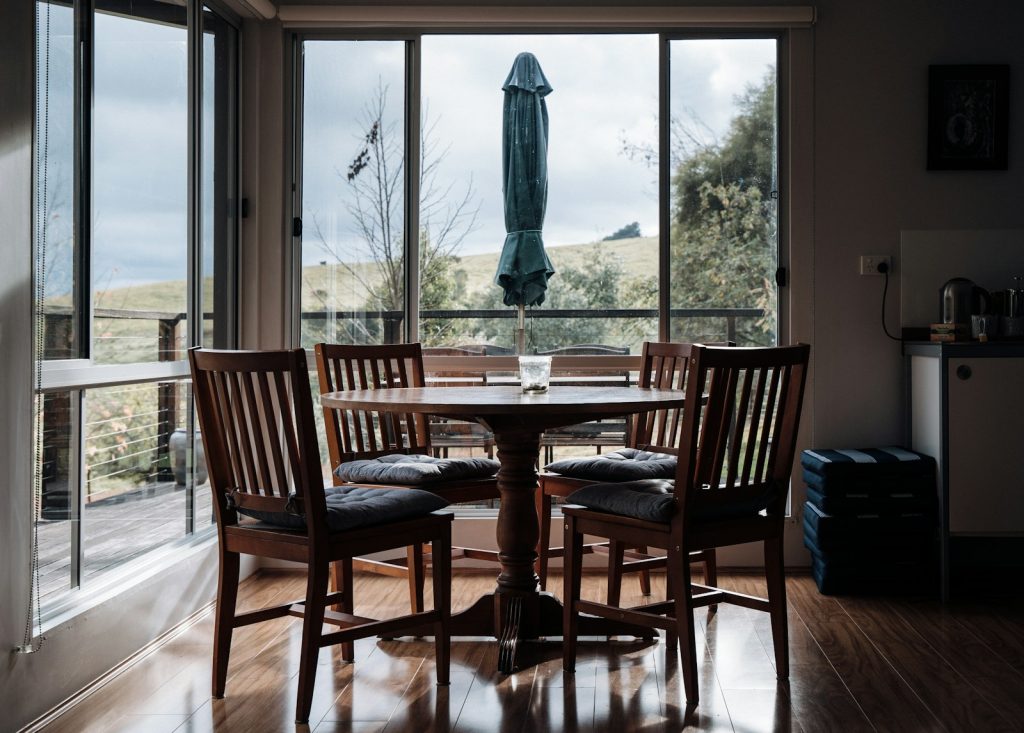
Thrift Your Way to Home-Sweet-Home 🏠
Second-hand furniture is making a real comeback! Almost anything can be upgraded with simple upcycling ideas. Simple DIY tips such as painting, changing handles and replacing details transform old pieces into modern eye-catchers. Discover unique vintage designer furniture with Faircado and partners like Deesup and give it a second life.
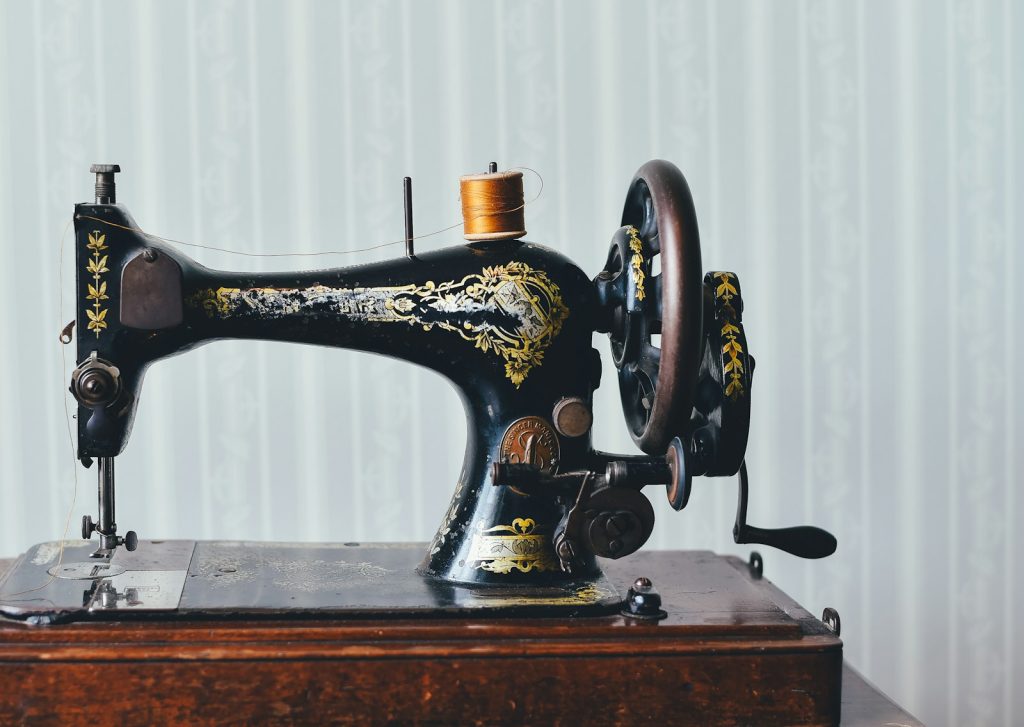
How Second-Hand is Redefining Luxury 💎
Second-hand is not only a trend, but is also increasingly becoming a luxury item. We’re not even talking about designer pieces and limited collections. These tips will teach you how to get the best price for yourself.
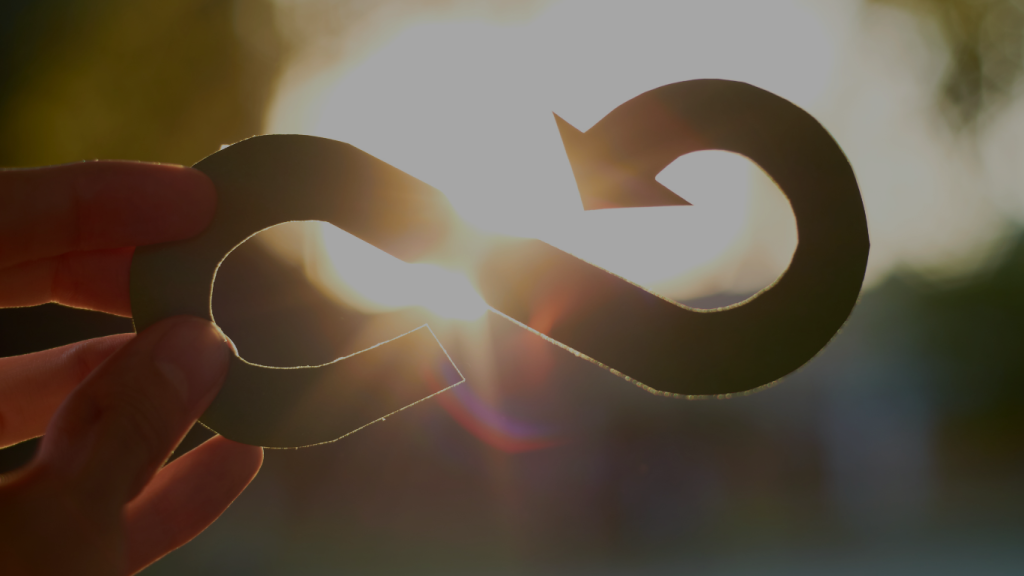
Embracing the Circular Economy: A Path to Sustainable Living
The linear “take-make-waste” model is failing our planet, but the circular economy offers a smarter way forward. By focusing on reuse, repair, and recycling, we can cut waste, conserve resources, and reduce pollution.
Didn't find what you were looking for?
Contact us!
Press spokeswoman: Lea Plörer
press@faircado.com
FAQ
Faircado is an AI-powered browser extension that helps you find the best pre-loved alternatives when you shop online by searching from a database of 10+ million products from 70 different trustworthy partners.
Faircado was founded for one reason and one reason only – to turn our currently linear economy into a circular one. Globally, 9,000 smartphones and the equivalent of a garbage truck full of clothes end up in landfills every second. Overall, only about 9 percent of the world’s resources are reused multiple times as part of the circular economy. This means that more than 90 percent of extracted resources no longer add value after their first use and remain as “waste” in our ecosystems. Faircado was born to contribute to fixing this broken system by encouraging people to buy used whenever possible.
Used products are mostly less expensive than new versions, sometimes even up to 90% cheaper, but generally at least 50% cheaper. This means that your money will go much further if you choose to buy used instead of new. Additionally, buying used products is more sustainable for the environment. For example, the fashion industry alone is responsible for 8-10% of global emissions. In some parts of the world, such as the Atacama Desert in Chile, a mountain of unused fast fashion clothing items has grown so large that satellites have captured clear images of it. Imagine how many people could have used these clothes. In general, used products are better because they don’t require new resources, they don’t generate pollution and don’t require new energy for manufacturing. For example, it takes about 2,700 liters of water to make just one t-shirt, which is enough water for one person to drink for 900 days. When you choose to buy used instead of new, you’re instantly decreasing the demand for new items hence reducing the pressure on manufacturers to produce these items in large quantities.
A browser extension is a small software program that you can add to your web browser to enhance its functionality and customize your browsing experience. For example, Grammarly is a browser extension that checks your writing for grammar, spelling, punctuation, and style mistakes.
Faircado partners with more than 50 platforms selling second-hand products, such as eBay, Back Market, Grailed, Rebuy and Vestiaire Collective.
Faircado is entirely free for you. When you purchase something through us, our partners (the second-hand platforms) give a small commission, as a thank you for bringing one more customer.
All visual materials, such as team headshots, logos or typefont can be found in our media kit.
For further information regarding collaborations, interviews, official statements or media coverage, we recommend getting in touch directly with press@faircado.com.

